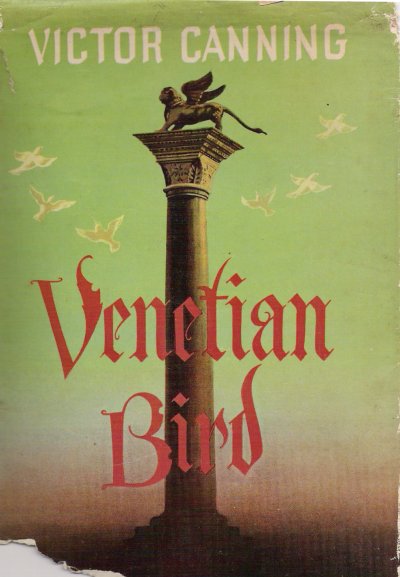
First edition

US first edition
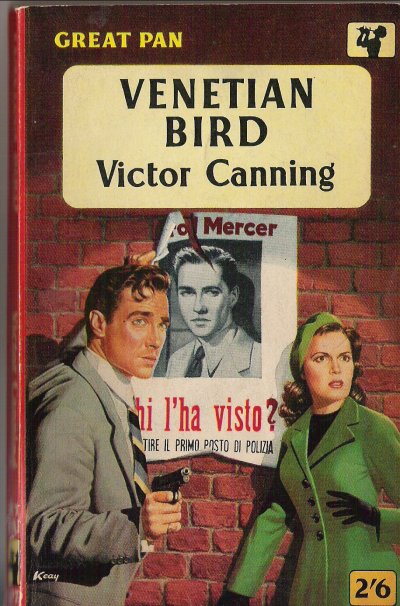
Pan paperback
film tie-in
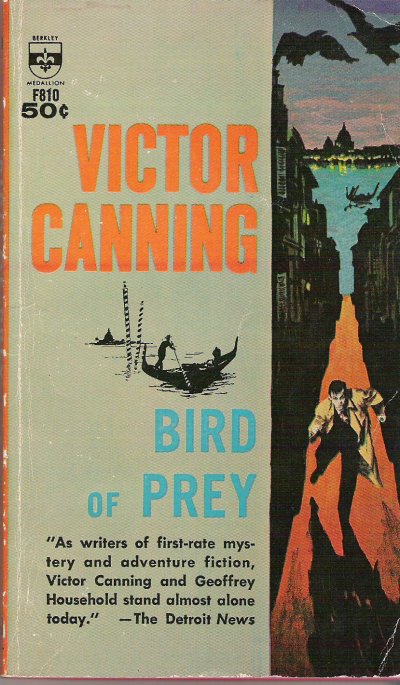
US paperback
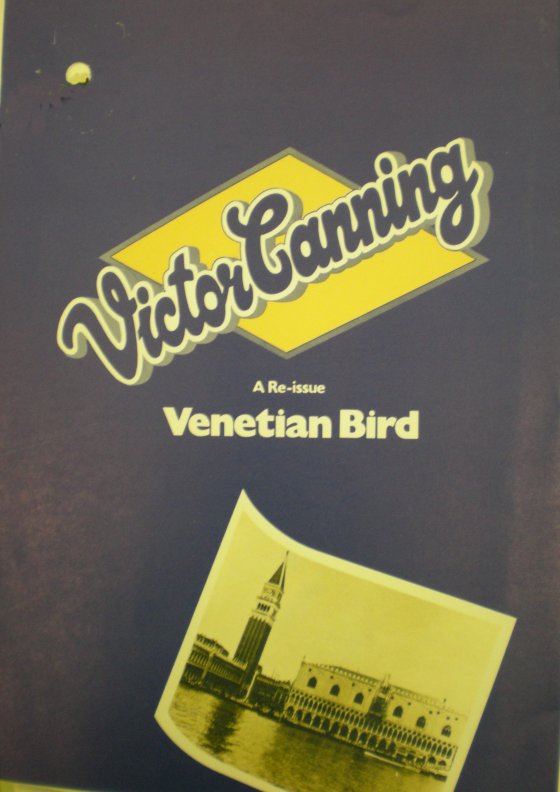
Uniform edition
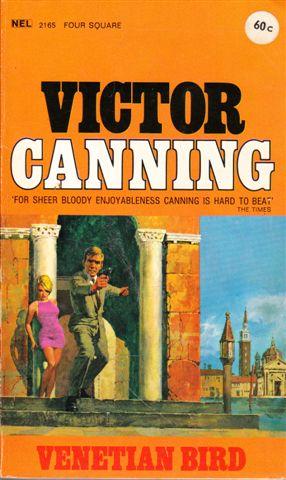
1968 NEL paperback
 First edition |
 US first edition |
 Pan paperback film tie-in |
 US paperback |
 Uniform edition |
 1968 NEL paperback |
The BookThe novel has no formal dedication. Edward Mercer, a private investigator, is in Venice to trace Gian Uccello who is in line for a reward given by a wealthy American industrialist for help given to his pilot son in the war. Mercer places an advertisement, gets an answer from a Carlo Boldesca, and makes an appointment to meet him. On his way to the meeting Boldesca is beaten up. Mercer rescues him, but Boldesca now refuses to say anything. The next day Boldesca is killed. Mercer finds out that Boldesca worked at a gallery run by Count Boria. He goes there, meets the administrator Adriana Medova and falls for her. She tells him that Uccello died at the end of the war and is buried in a small town called Mirave. In Mirave Mercer sees a memorial which includes Uccello's name on a wonderful piece of modern sculpture, and when he asks about the sculptor is shown a design made by the same person, which he sees is exactly like one of the tapestries in the Boria gallery. From this he works out who Uccello really is, and endures the emotional and practical conflict arising. Canning had served in the army in Italy from 1944 to 1946, and learned Italian. His letters home showed that he had become very fond of the country, and he set several novellas and short stories in Italy as well as this book. |
Publishing historyThis was Canning's fifth post-war book for Hodder and Stoughton, published in 1951 at 10/6 with a print run of 14,000 copies. There was a later cheap edition at 6/- and several paperback editions including a film tie-in Pan edition in 1957 and a New English Library paperback in 1968. An American edition under the title Bird of Prey was published by W.S.Mill and William Morrow in 1952, though it had a copyright date on the imprint page of 1950, reflecting the fact that the book's very first appearance was in a supplement to the Toronto Star Weekly in December 1950. There was a Hodder reprint of the book in 1968 in a series Classics of Detection and Adventure edited by Michael Gilbert (see below). In his introduction Gilbert says he is "puzzled to know why it has never been filmed", which must say something about the impact of the 1952 film. The book was included in the Heinemann Uniform Edition of the 1970s. One of the "hundred best"In a Sunday Times feature "The Hundred Best Crime Stories" selected by Julian Symons, reprinted as a pamphlet in about 1960, Symons comments: "Just occasionally an author writes a book that stands out from the main body of his work. Venetian Bird is structurally similar to Mr Canning's other very competent thrillers, but it is a long way from them in style and feeling. The shabby private inquiry agent, Mercer, who broods on the fact that 'something has happened to money since the war' so that he is down to third-class hotels and second-class travel, is an admirable central figure to set the tone of this story of love and treachery played out against a Venetian background that is handled with uncommon grace."
Introduction to the 1968 reprint
|
FilmsMichael Gilbert (see below left) got it wrong when he said it had never been filmed. A film was made in 1952, scripted by Canning himself, starring Richard Todd, Eva Bartok and John Gregson, directed by Ralph Thomas, released in Britain as Venetian Bird and in the USA as The Assassin. The review in The British Film Institute Newsletter was mixed: "... the plot and the handling of it is mostly confused and heavy-going. The photography of the piazze and streets of Venice is quite striking and alternates effectively with indoor scenes ... Richard Todd only partly succeeds in combining his role of self-effacing private detective with that of a spectacular hero." Two episodes of the TV series Mannix in 1975 were based on this book, with the action moved to Latin America. |